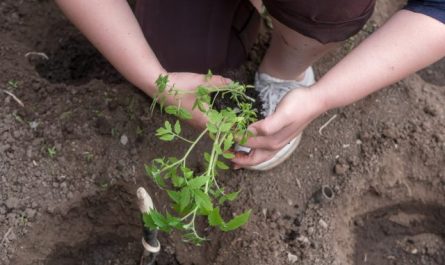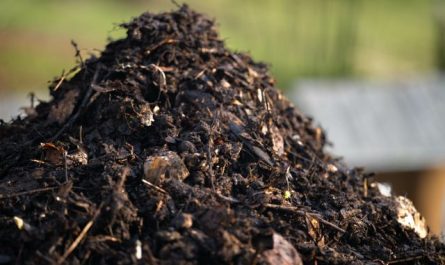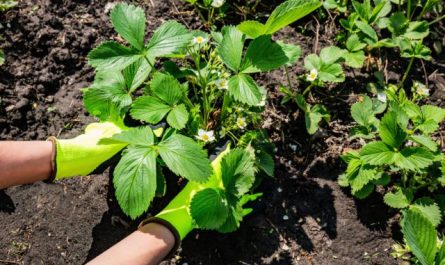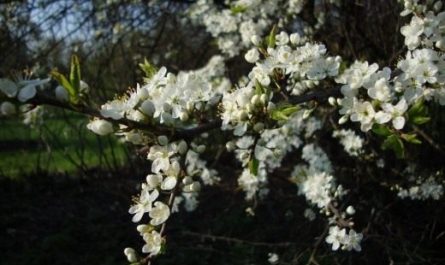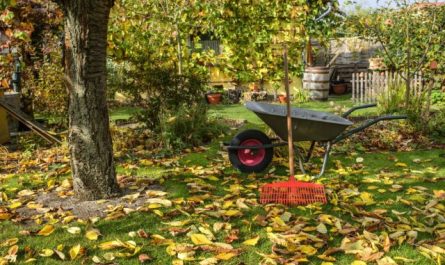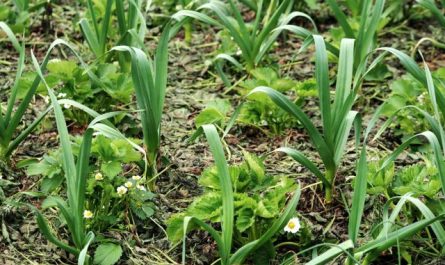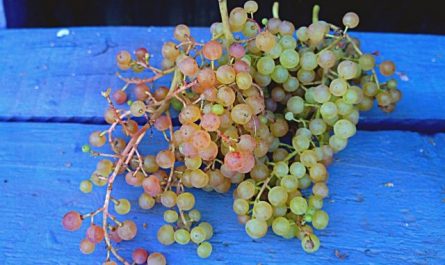Spring not only pleases the soul, but also brings a lot of trouble to those who are allergic to flower pollen. Their nose and eyes become a kind of indicator of the flowering of hazel, birch and alder.
The allergic disease caused by pollen is called hay fever. The spring outbreak is usually associated with the flowering of anemophiles – plants whose pollen is carried by the wind. Trees “throw out” their catkins before the leaves bloom and begin to pollen in April – early May. But the torment of people with increased sensitivity to pollen does not end there. In June, pine, dandelions, foxtail, linden blossom. At the peak of summer, other cereals take up the baton – fescue, hedgehog, couch grass, bluegrass and timothy, in August-September, allergy sufferers are “delighted” by quinoa, wormwood and sunflower.

© Darkone
Today we will talk about spring hay fever. But before giving recommendations, I will note that all allergies are very personal diseases. Sometimes a remedy that helps one person can harm another. In addition, an allergy is like an iceberg – only its external manifestations are visible, all the main “events” occur in the body. When treating allergies, the experience and intuition of a herbalist are especially important. And one more note: at the first manifestation of the disease, do not use herbal mixtures, start with one plant. This approach will allow you to choose the most harmless and effective treatment for you personally.
Most often, allergy sufferers experience one of four symptoms of hay fever: rhinitis (a constant runny nose), conjunctivitis (redness and inflammation of the eyes), respiratory failure (up to bronchial asthma) and various inflammatory skin diseases. When treating hay fever, two main tasks are primarily solved: they strive to reduce the severity of the patient’s condition and normalize his immunity.

© Bogdan
Even our ancestors knew how to treat diseases caused by other plants with plants. Traditional medicine offers about two dozen herbs for normalizing immunity, and most of them are weeds (stinging nettle, horsetail, etc.). Wild pansy, white deadnettle, thick-leaved bergenia, common self-heal, round-leaved wintergreen, duckweed, naked licorice, yellow gentian, and silver birch are well worth permanent “residence” in the garden. By the way, official medicine adds creeping thyme, oregano, and bogbean to this list.

© Rl
It is believed that the number 1 plant for boosting immunity is Echinacea purpurea. However, I advise you to be very careful with it and not to use it without permission from your doctor. After all, it is a powerful immunostimulant, but such stimulation is not useful for every allergy.
I would like to draw your special attention to plant No. 2 – Thick-leafed bean. In recent years, almost no symposium or conference on medicinal plants or nutritional issues can do without talking about bergenia. The medicinal raw material is the leaves, both dried and overwintered and even young. If bergenia is already growing in your flower beds, then as soon as the snow melts, you will have a valuable medicine. Brew the leaves like tea and drink.

© Radomil
Plant #3 to Boost Immunity – Elecampane high. The medicinal raw material is the roots, they are usually dug in the fall, but can also be dug in the spring. For a long time, the plant was traditionally considered an antitussive, but recent studies have proven that the spectrum of action of elecampane is much wider. Recently, the plant was classified as an adaptogen (this also includes ginseng, aralia, etc.), which mobilize the body’s defenses and speed up recovery. And elecampane is also capable of normalizing immunity. However, it is not indicated for all allergy sufferers: those who react to the flowering of wormwood cannot use it. There is always a lot of elecampane in my flower beds, I usually make wine from it. I take 20 g of raw roots, 0,75 l of dry red wine, 1 tbsp. spoon of sugar, boil the mixture for 20 minutes and insist. In the evenings I take 50 g of the product, as a result – no fatigue, no colds.

© Karelj
For skin allergic diseases I recommend sweet Ural. Scientists from the Mountain-Taiga Station of the Far Eastern Branch of the Russian Academy of Sciences have proven its effectiveness. Only licorice, like echinacea, requires care. It is good for women, especially those of mature age, but boys, young men and men should find something else. The substances contained in the plant, similar to female sex hormones, can affect the sexual sphere.

© Stickpen
Another plant is fir, it can not only decorate the area. From its needles you can prepare an extract in olive oil, which helps with dermatitis and diathesis. By the way, it is also one of the best remedies for a runny nose, including allergic.
I can’t help but mention Oenothera biennial. Its oil-rich seeds contain a very rare but extremely useful gamma-linolenic acid. Evening primrose is used to treat many diseases, including skin diseases and atherosclerosis. Collect the seeds and put them through a coffee grinder. To prevent skin rashes, take the resulting gruel half a teaspoon a day, and for treatment – 3 times a day. Just keep in mind that ground seeds quickly oxidize, so each portion will have to be prepared anew.

© Karelj
Spring is in full swing, but you don’t have the listed plants on your plot yet and you haven’t collected the necessary raw materials yet. Don’t be upset, you’ll find useful wild plants in your garden and nearby. For example, a decoction of rhizomes helps with skin allergies entering the creeping. For 100 g of fresh roots, take 2 cups of boiling water and infuse the raw material for an hour. Then boil for another 5 minutes, strain, bring the volume of the infusion to two glasses. Adults take the remedy 1 tablespoon before meals, children under three years old – a teaspoon, and under seven years – a dessert spoon. The course duration is 1 month. But keep in mind that July couch grass can no longer be used.

© Rasbak
You can also dig up some rhizomes. Burdock и oduvanchika. An infusion of them is also a fairly common remedy for hay fever. If you are bothered by weeping dermatitis (like eczema), then compresses made from dandelion leaf juice give a good effect. Usually, such patients also get relief from baths with an infusion. juniper.

© MPF
Allergic rhinitis literally drives a person crazy. There are plenty of drugs against this affliction in the pharmacy. But do not grab everything in a row, remember about individual selection of means. As for conjunctivitis, in this case you should immediately trust a specialist. Before going to the doctor, you can rinse your eyes with strong tea.
Materials used:
- D. Sumarokov, Doctor of Biological Sciences




